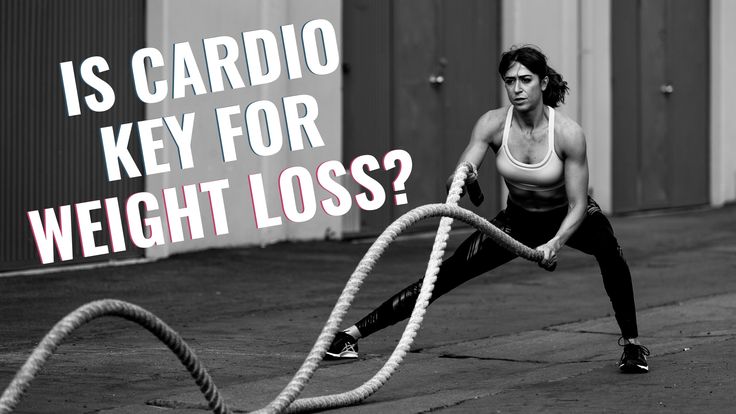Table of Contents

Introduction
When it comes to fitness, one of the most debated questions is: Should you prioritize strength training or cardio? Both have their unique benefits, but the answer largely depends on your personal fitness goals, whether that’s weight loss, building muscle, improving endurance, or enhancing overall health. Understanding the differences between these two forms of exercise can help you create a well-rounded fitness routine tailored to your needs.
In this blog, we’ll dive into the pros and cons of strength training and cardio, highlight their respective benefits, and help you decide which one is best suited for your fitness journey.
What is Strength Training?
Strength training, also known as resistance or weight training, involves exercises designed to improve muscle strength and endurance. This can be achieved using free weights, machines, resistance bands, or even your own body weight.
Key Benefits of Strength Training
- Builds Muscle Mass: Helps you develop lean muscle, which boosts metabolism and burns calories even at rest.
- Increases Bone Density: Regular resistance training strengthens bones, reducing the risk of osteoporosis.
- Enhances Functional Fitness: Improves balance, coordination, and strength for everyday tasks.
- Boosts Metabolism: More muscle means a higher resting metabolic rate.
- Improves Mental Health: Strength training releases endorphins, helping to reduce stress and anxiety.
Examples of Strength Training Exercises
- Squats
- Deadlifts
- Bench Press
- Push-Ups
- Pull-Ups
- Resistance Band Workouts
What is Cardio?
Cardio, short for cardiovascular exercise, is any activity that increases your heart rate and gets your blood pumping. Common forms include running, cycling, swimming, and dancing.
Key Benefits of Cardio
- Burns Calories: A highly effective way to create a calorie deficit for weight loss.
- Improves Heart Health: Strengthens the heart and lungs, reducing the risk of cardiovascular diseases.
- Enhances Endurance: Boosts stamina for physical and mental tasks.
- Supports Mental Health: Cardio can help alleviate symptoms of depression and anxiety.
- Aids Recovery: Light cardio can promote blood flow and speed up muscle recovery.
Examples of Cardio Exercises
- Running
- Cycling
- Swimming
- Rowing
- Jump Rope
- HIIT (High-Intensity Interval Training)
Strength Training vs. Cardio: Head-to-Head Comparison
| Aspect | Strength Training | Cardio |
|---|---|---|
| Primary Goal | Build muscle, strength, and metabolism | Improve endurance, burn calories, and heart health |
| Calorie Burn | Burns fewer calories during exercise but more post-workout (EPOC effect) | Burns more calories during exercise |
| Weight Loss | Effective when combined with cardio for fat loss | Excellent for calorie burn and fat loss |
| Mental Benefits | Reduces stress, improves focus and confidence | Alleviates anxiety, boosts mood |
| Time Efficiency | Can target multiple muscle groups in short time | Can be efficient with HIIT |
| Equipment | Requires weights or resistance bands | Often needs minimal or no equipment |
| Impact on Joints | Can be low-impact with proper form | May be high-impact depending on activity |
Which One is Best for Your Fitness Goals?

1. Weight Loss
- Why Choose Cardio? Cardio burns more calories during the workout, making it effective for creating a calorie deficit.
- Why Choose Strength Training? Strength training helps build muscle, which increases your resting metabolic rate, meaning you’ll burn more calories even while at rest.
Best Approach: Combine both! For example, pair 30 minutes of strength training with 20 minutes of cardio.
2. Building Muscle
- Why Choose Strength Training? It’s the most effective way to develop muscle mass and strength.
- Why Skip Cardio? Too much cardio can interfere with muscle gains if not balanced properly.
Best Approach: Focus on strength training and add light cardio for heart health.
3. Improving Endurance
- Why Choose Cardio? Activities like running or cycling train your heart and lungs, boosting stamina.
- Why Add Strength Training? A strong body supports endurance activities and reduces injury risk.
Best Approach: Prioritize cardio but include strength sessions to support performance.
4. Overall Health and Longevity
- Why Combine Both? Strength training improves bone density and functional fitness, while cardio supports heart and lung health.
Best Approach: A balanced routine with 2-3 days of strength training and 2-3 days of cardio per week.
FAQs
1. Can I do strength training and cardio on the same day?
Yes, but start with the exercise that aligns most with your goals. For example, if building strength is your priority, begin with strength training.
2. How much cardio should I do if I’m focusing on muscle growth?
Keep cardio sessions short (20-30 minutes) and low-intensity to avoid hindering muscle recovery.
3. Is HIIT better than steady-state cardio?
HIIT burns more calories in less time and boosts metabolism post-workout, but steady-state cardio is easier on the joints and suitable for beginners.
4. Do I need rest days?
Absolutely! Rest days are essential for muscle recovery and preventing burnout. Listen to your body and schedule at least one full rest day per week.
Conclusion: Find Your Balance
The “strength training vs. cardio” debate doesn’t have to be an either/or choice. Both forms of exercise offer incredible benefits that complement each other. By understanding your fitness goals and how these workouts align with them, you can create a personalized routine that works best for your body.
Remember, consistency is key. Whether you’re lifting weights, running on the treadmill, or doing a mix of both, the most important thing is to stay active and enjoy the journey.
Call-to-Action: What’s your go-to workout routine? Share your experience in the comments below or tag us on social media with your fitness tips and progress! Know more on Fityoufitme.com.
